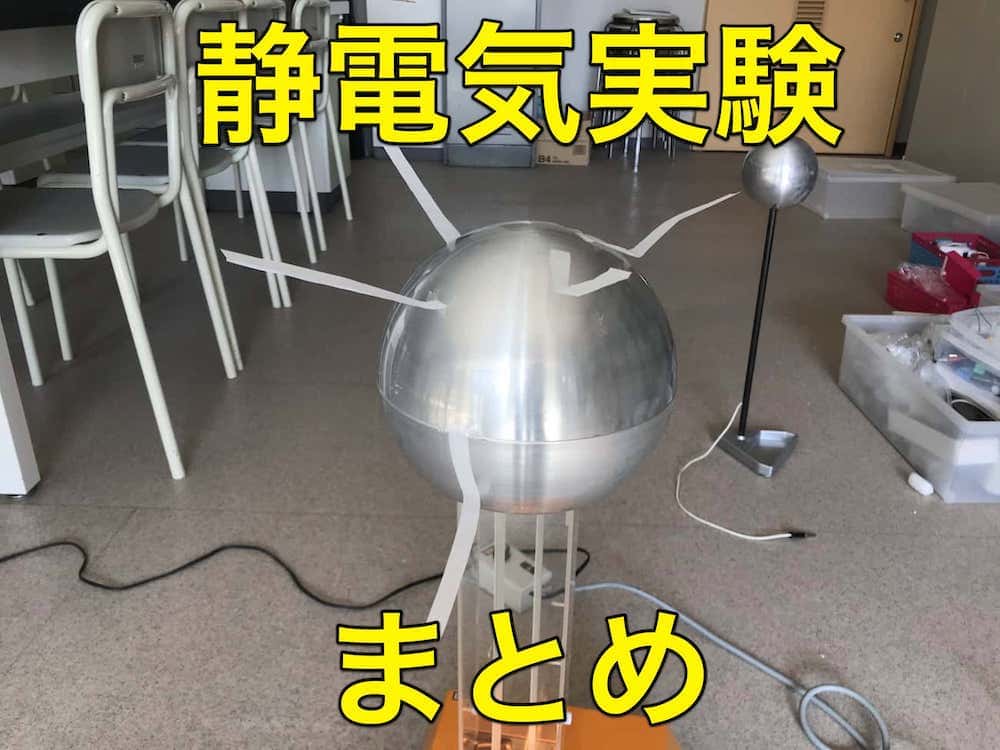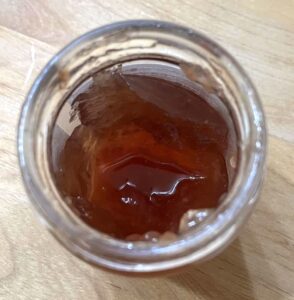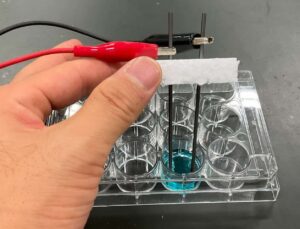Just Rub with a Tissue! Learn the Science of Positive and Negative Static Electricity with a “Moving Straw”!
I’m Ken Kuwako, your Science Trainer. Every day is an experiment.
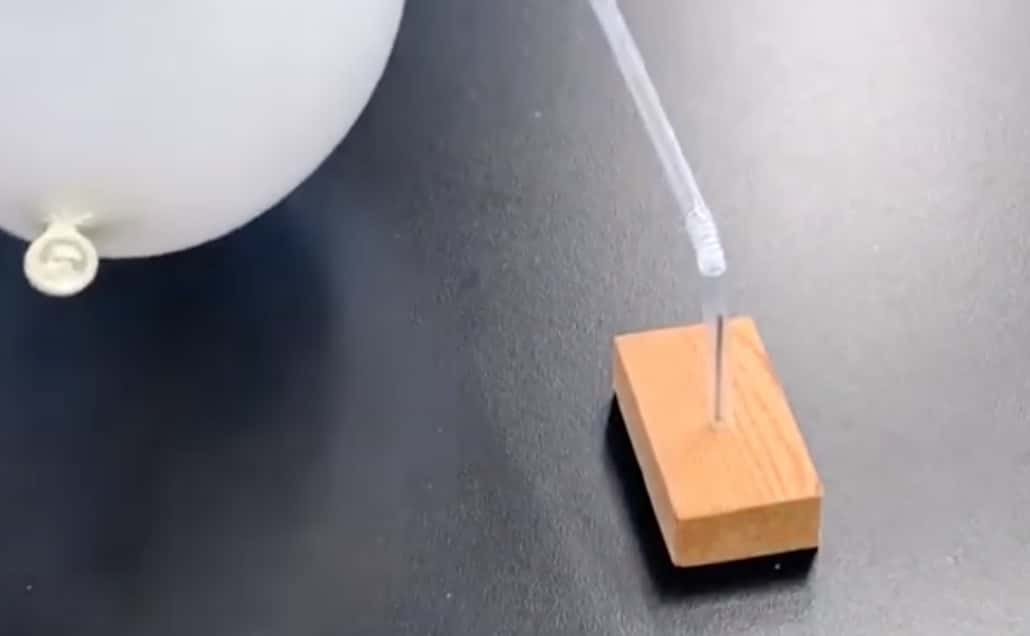
Do you ever feel that “zap!” of static electricity when you touch a doorknob in the winter? That little jolt running through your fingertip is a familiar phenomenon that often happens when the air is dry. The truth is, that “zap!” is the work of a powerful, invisible force: electric power. Wouldn’t it be exciting if you could control this unseen power with your own hands?
The experiment we’re introducing today uses the power of static electricity to seemingly cast a spell on a drinking straw. We call it “The Moving Straw.” You barely need any special tools. Let’s experience the mysterious world of static electricity together!
What You’ll Need
A small block of wood, a nail, a flexible drinking straw, and tissue paper. (We also use a balloon in the video, but starting with just the tissue paper is fine!)
Instructions
1 Hammer the nail into the block of wood to create a stable stand.
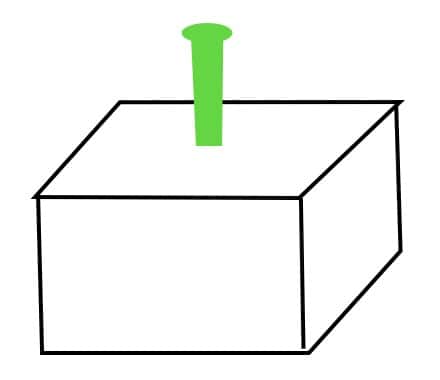
2 Bend the flexible straw, carefully place it over the head of the nail, and balance it. This will allow the straw to rotate freely.
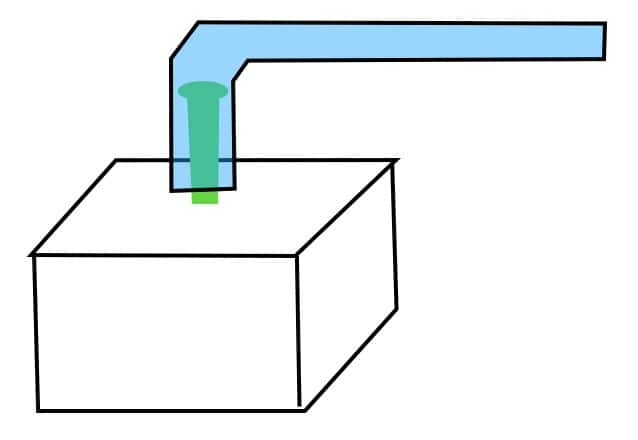
3 Now for the magic preparation. First, vigorously rub the straw on the nail with the tissue paper. Next, slowly bring the tissue paper itself close to the straw. If you have a balloon, rub it with the tissue paper as well, and then bring it close to the straw.
What reaction does the straw show?
Let’s check out the actual movement in this video!
Why Did the Straw Move? The True Identity of the Invisible Force
It looked like the straw moved by itself, but of course, it wasn’t magic. This is the power of static electricity. When two objects are rubbed together, tiny particles of electricity called electrons can move from one object to the other. In this experiment, we rubbed the straw and the tissue paper. Between these two materials, tissue paper tends to lose electrons, and the straw tends to gain them.
As a result, the tissue paper ends up in a positive (+) state, having lost electrons, and the straw ends up in a negative (-) state, having an excess of electrons. This state of electrical imbalance is called electrification or being charged. (By the way, if you rub a rubber balloon with tissue paper, it also tends to gain electrons, becoming negatively (-) charged, just like the straw.)
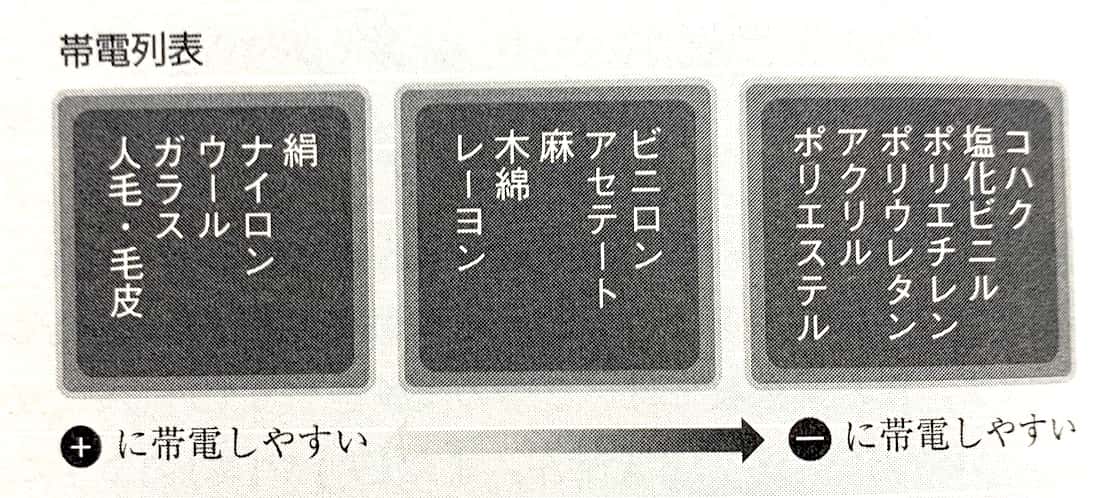
Triboelectric Series (Reference: Kuwako Ken & Takeda Junichiro, Kagaku Kentei Official Workbook Grades 5 & 6, Kodansha)
The chart above is called the Triboelectric Series, which ranks materials by how likely they are to become positive or negative. The combination of materials you rub together determines which one becomes positive. Now, electricity has a crucial rule. It is…
- Like charges (positive and positive, negative and negative) repel each other (repulsive force).
- Unlike charges (positive and negative) attract each other (attractive force).
It’s similar to the relationship between the North and South poles of a magnet. So, what happens when you bring a negatively (-) charged balloon near the negatively (-) charged straw?
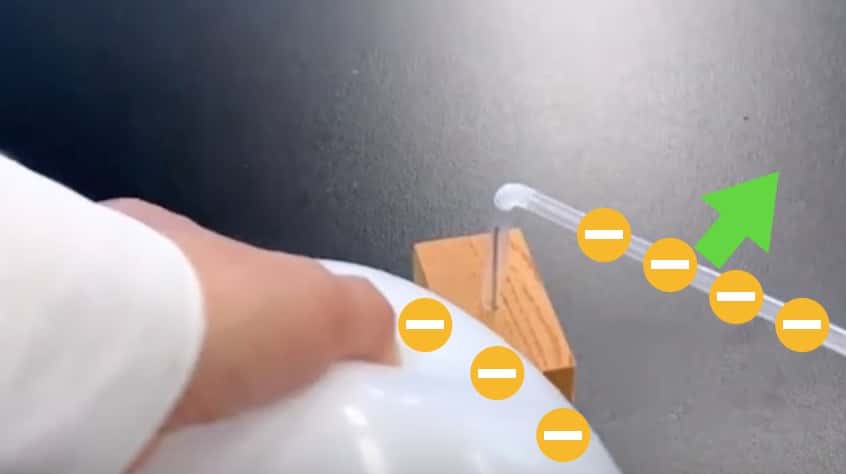
That’s right, they push each other away as if saying, “Stay back!” Since the straw is free to rotate on the nail, it moves away from the balloon. Now, what happens when you bring the positively (+) charged tissue paper (the same tissue used to rub the straw) close to the negatively (-) charged straw?
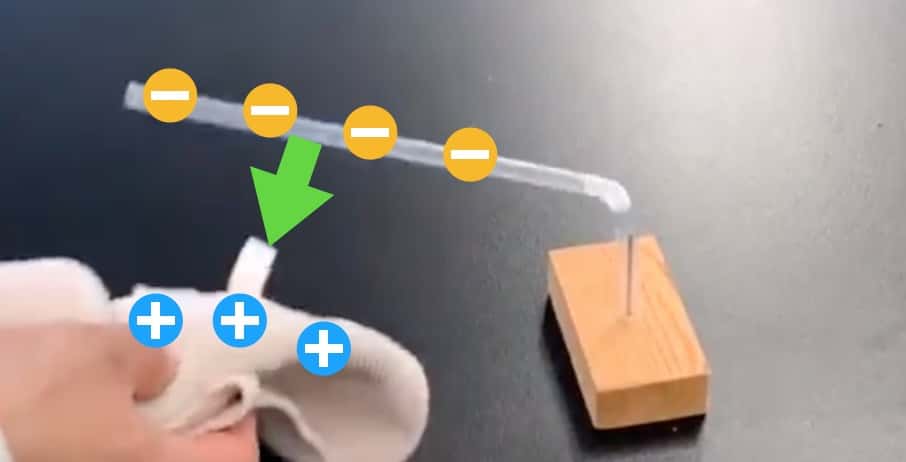
This time, they attract each other! The straw moves as if pulled towards the tissue paper. Through this experiment, we were able to experience the invisible electric force of attraction and repulsion through the movement of the straw.
Why Does It “Suddenly” Start Moving When You Get Close?
Didn’t you notice another interesting detail? When you bring the tissue or balloon closer, nothing happens when they’re far away, but the moment you cross a certain distance, the straw must have “suddenly” spun into motion. The truth is, this static electricity force (called Coulomb’s Force) is deeply related to the distance between the two objects.

To put this formula very simply, it shows that the closer you get, the exponentially stronger the force becomes. For example, if you halve the distance (1/2), the force becomes a whopping 4 times (2×2) stronger. If the distance is reduced by a third (1/3), the force becomes 9 times (3×3) stronger! That’s why the force is too weak to move the straw while you are bringing it closer from far away, but the moment you cross a certain point (distance), a strong enough force “suddenly” generates, making it look like the straw jumped into motion.
If You Use a Static Electricity Generator, You Can Do These Amazing Experiments!
Static electricity is fun even just by rubbing things, but using a dedicated Static Electricity Generator (Van de Graaff generator) allows for even more powerful and astonishing experiments. We have also shared other interesting experiments using the static electricity machine (Van de Graaff). This includes experiments we conducted on a TV program with celebrities like Suzu Hirose, Ryohei Suzuki, Yasuko, and Chocolate Planet’s Osada and Matsuo. Click here for more details.
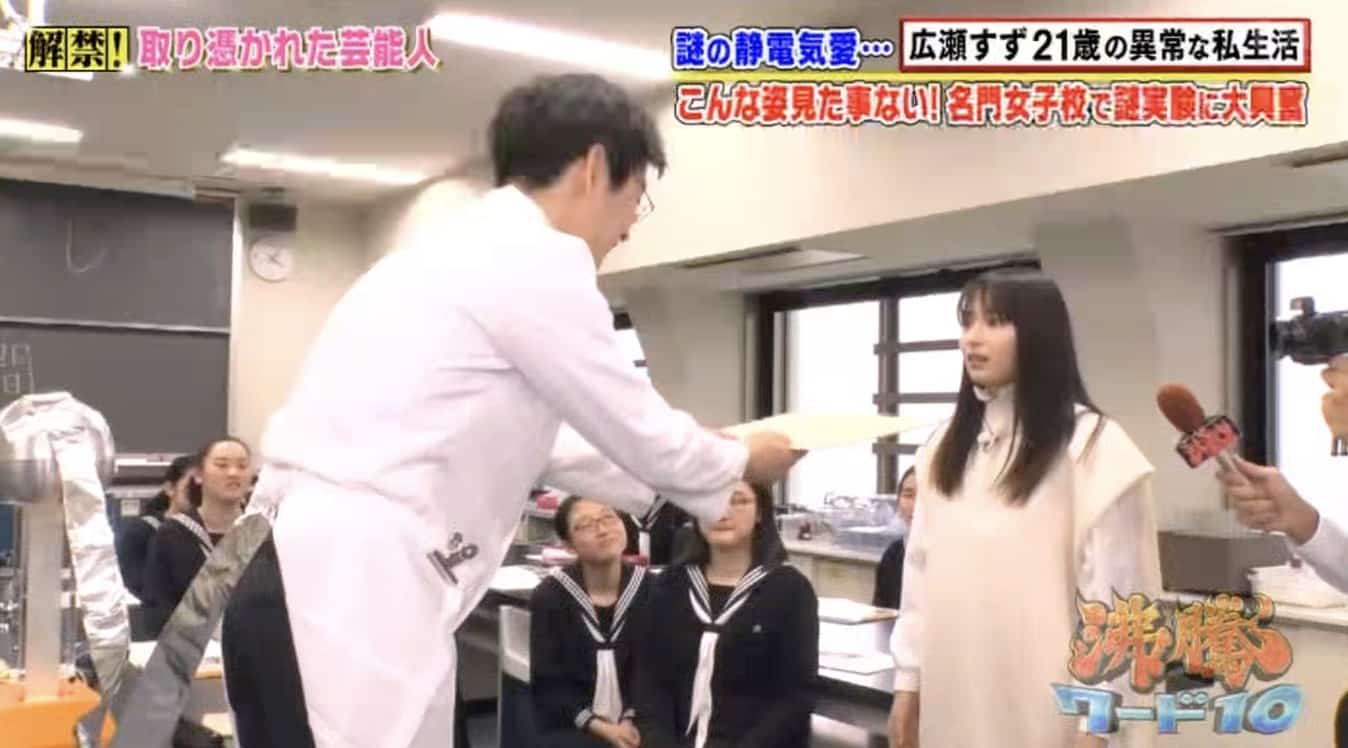
※ Please ensure that any experiments using a Static Electricity Generator (Van de Graaff) are performed under the supervision of a specialist. Please be careful when trying this. For requests regarding static electricity experiments (science classes, TV supervision/appearances, etc.), please contact us here.
[Special Feature] Static Electricity Experiments You Won’t Be Able to Stop Doing!
Contact and Requests
Bring the wonder and fun of science closer to you! I’ve put together easy-to-understand explanations of fun science experiments you can do at home and the tricks behind them. Please feel free to search for more! ・The content of my Science Notebook is now a book. Find out more here ・For more about the operator, Ken Kuwako, click here ・For various requests (writing, lectures, science classes, TV supervision, appearances, etc.), click here ・Article updates are posted on X!
![]() The Science Note Channel features experiment videos!
The Science Note Channel features experiment videos!

